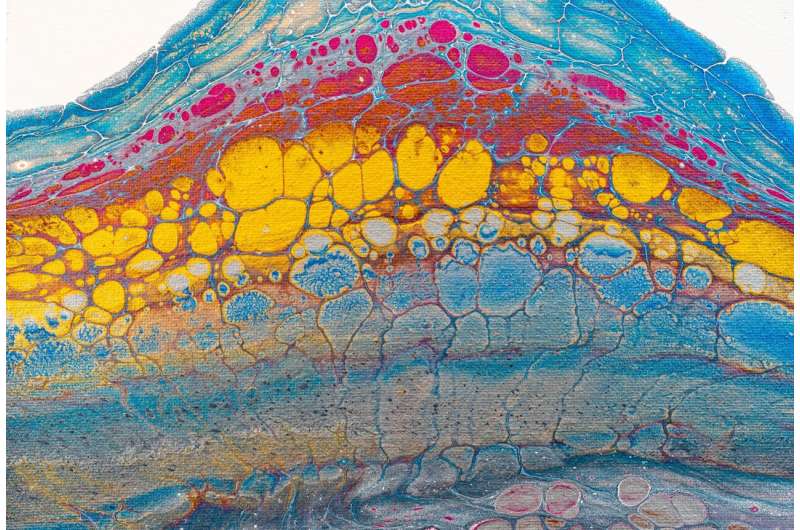Enhanced Outcomes with ctDNA-Guided Adjuvant PD-1 Therapy in Mismatch Repair-Deficient Cancers

A recent study presented at the AACR Annual Meeting 2025 highlights the promising role of ctDNA-guided immunotherapy in managing mismatch repair-deficient (dMMR) solid tumors. The research focused on the use of pembrolizumab (Keytruda), an anti-PD-1 antibody, to eliminate residual disease and prevent cancer recurrence in early-stage patients. In this phase II trial, 174 patients with resected dMMR tumors were screened for circulating tumor DNA (ctDNA) six to ten weeks post-surgery. Of these, 20 patients exhibited detectable ctDNA, a marker associated with higher recurrence risk. Thirteen of these ctDNA-positive patients received pembrolizumab; six experienced disease progression before treatment, and one was not evaluable. The remaining treated patients showed remarkable results, with 11 out of 13 clearing ctDNA within six months, and most remaining recurrence-free over a median follow-up of just over two and a half years. Importantly, survival rates at two years stood at 92.3% among the treated group, compared to 66.7% in ctDNA-positive patients who did not receive immunotherapy, and 98.5% in ctDNA-negative patients under observation. These findings suggest that personalized, ctDNA-guided immunotherapy could significantly reduce relapse risks, potentially shifting treatment paradigms. This approach emphasizes the benefits of dynamic biomarkers in tailoring early intervention strategies, especially in cancers with high recurrence potential. While the findings are encouraging, they are based on a small sample size, and longer-term studies are necessary to confirm these results and refine assay sensitivity. Ultimately, this research paves the way for more precise treatment frameworks in early-stage cancers, focusing on high-risk patient populations and avoiding unnecessary treatment in low-risk cases.
Stay Updated with Mia's Feed
Get the latest health & wellness insights delivered straight to your inbox.
Related Articles
Impact of Discharging Patients Against Medical Advice on Outcomes and Healthcare Costs
Discharging patients against medical advice significantly impacts patient outcomes and costs, with rising rates prompting calls for targeted intervention strategies. Learn more about the trends and implications in recent research.
Achieving Low Disease Activity in Lupus Nephritis: A Step Forward in Management
Achieving a low disease activity state in lupus nephritis significantly reduces relapse risk and helps preserve kidney function, offering hope for better long-term management of the condition.
P2Y12 Inhibitors Outperform Aspirin for Preventing Heart Attack and Stroke in Coronary Artery Disease Patients
A new study shows that P2Y12 inhibitors like clopidogrel and ticagrelor may be more effective than aspirin in preventing heart attacks and strokes in coronary artery disease patients, with similar safety profiles.



